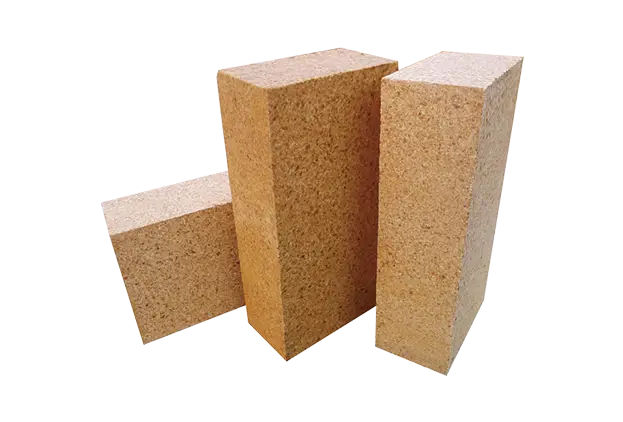In industries subjected to intense heat, the choice of materials is paramount. Clay refractory bricks stand out as an exceptional solution designed to withstand the harshest high-temperature environments. These specialized materials are not only capable of enduring extreme conditions but also offer unique benefits that enhance their utility in various industrial applications.
Clay refractory bricks are engineered from high purity clays and minerals, which bestow them with unique thermal properties. Their ability to resist thermal shock, coupled with excellent stability under extreme temperatures, makes them ideal for high-heat applications. These bricks have a low thermal conductivity, which helps maintain energy efficiency in thermal systems. Furthermore, their impressive resistance to chemical reactions adds an additional layer of versatility in environments where other materials may falter.
Industries such as metallurgy, ceramics, and energy production find significant value in the utilization of clay refractory bricks. For instance, in metallurgical processes, these bricks line furnaces and kilns, safeguarding structural integrity while exposed to molten metals. In the realm of ceramics, they play a crucial role in kilns, enabling the firing of components at high temperatures, ultimately dictating the quality and durability of the final product.
The deployment of clay refractory bricks directly correlates with enhanced performance and durability of thermal systems. Their resilient nature prevents premature wear and tear, thereby reducing maintenance costs and extending operational lifespan. Moreover, these bricks can be tailored to meet specific application requirements, offering a bespoke solution for diverse industrial challenges.
In summary, clay refractory bricks present a compelling solution for industries operating in high-temperature environments. Their unique properties not only ensure efficient performance but also contribute to cost-effective and long-lasting thermal management systems. Embracing the versatility of clay refractory bricks can lead to substantial advancements in operational efficacy and material longevity.

